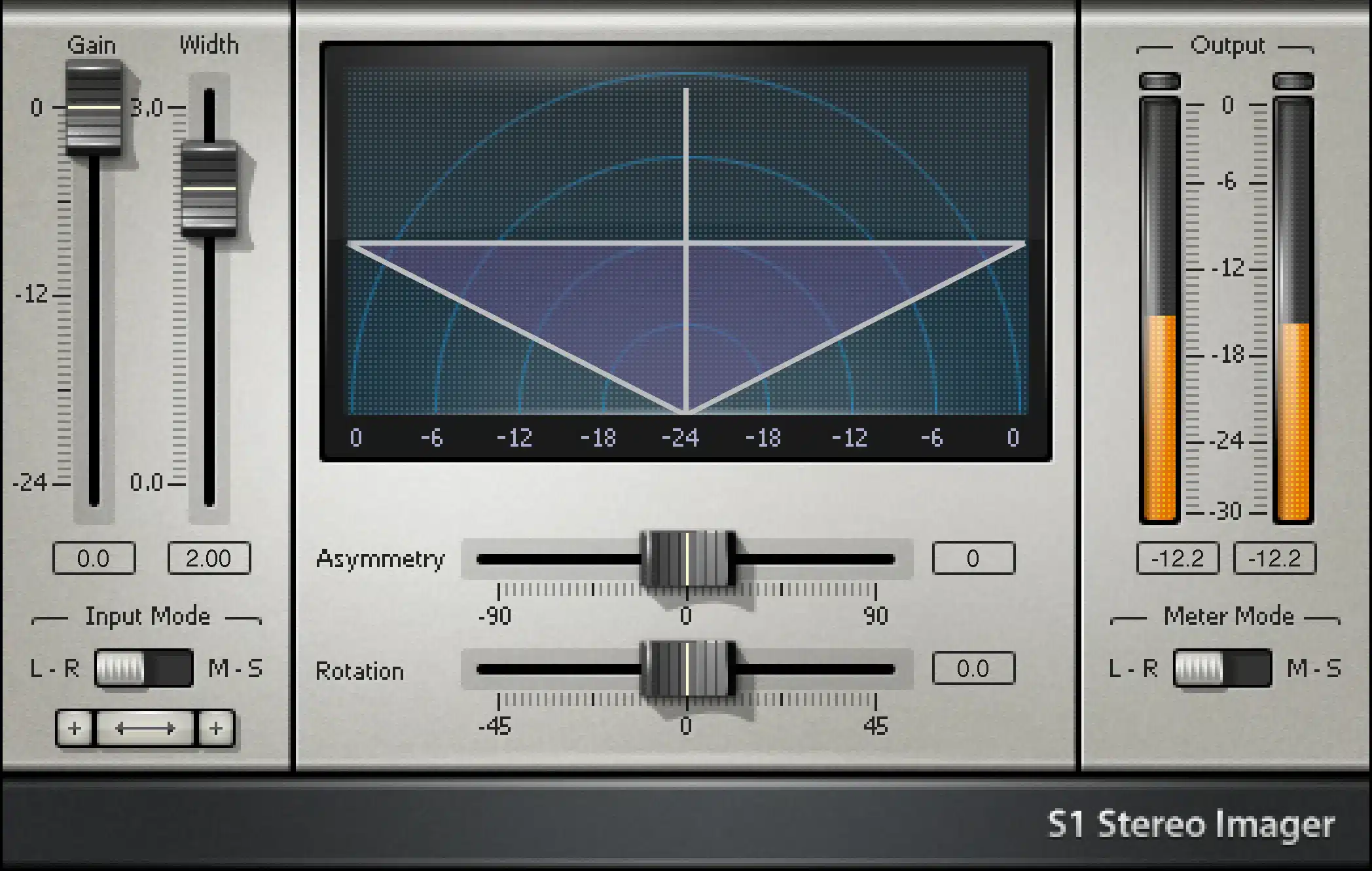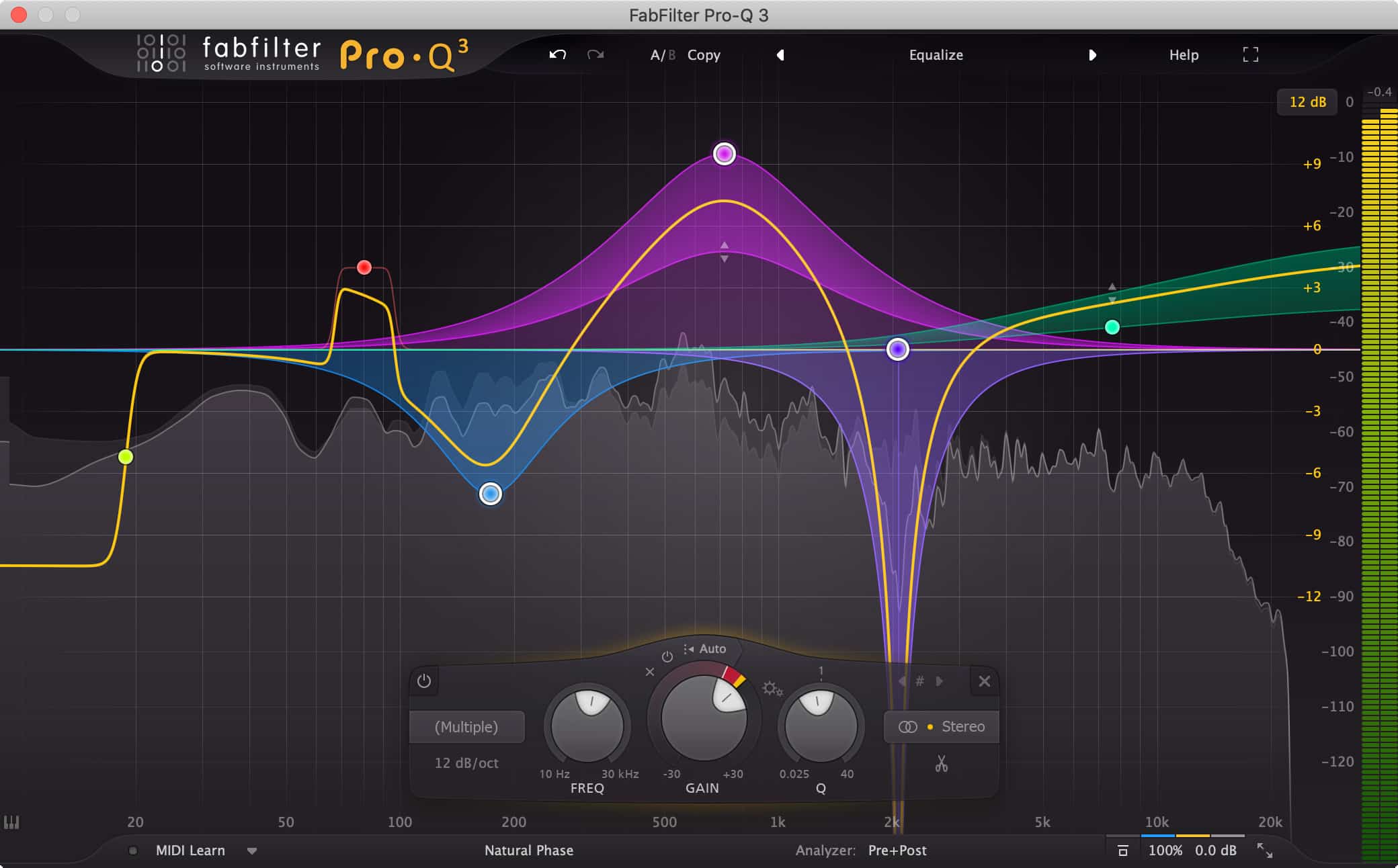How to Build a Chorus That Elevates Your Songs to New Heights
I work on over 200 songs each year, and one of the most common challenges I encounter is the misconception about what mixing can achieve. Many artists send tracks hoping that mixing alone will transform a simple recording into a massive, polished product. However, a powerful mix starts with excellent raw material, particularly when it comes to building a chorus that sounds massive. In this blog post, I’ll walk you through the strategies and techniques to elevate your songs by constructing an impactful chorus, and a detailed case study of the song “Punchline” by Sonita.
Introduction to Mixing Challenges
When artists and producers think about mixing, there’s often an assumption that the mix can fundamentally change the character of a song. They imagine that some sort of magic plugin or secret technique can add doubles, harmonies, and other enhancements post-recording. This is a misunderstanding. In reality, the mix can only enhance what is already there. To truly elevate a song, especially the chorus, you need to plan and execute these elements during the recording process.
Dissecting a Song Example
In the video below, I dive into the song “Punchline” by Sonita, produced by CeeJae and Cruze. This track is a prime example of how strategic layering and vocal arrangements can make a chorus pop.
In-Depth Exploration of Vocal Layering Techniques
1. The Art of Doubling
Doubling vocals is one of the simplest yet most effective techniques to thicken the sound of your chorus. When you double a vocal, you’re essentially having the artist perform the same part multiple times. Each performance will naturally have slight variations in timing and pitch, which adds a rich, chorus-like effect to the sound.
- How to Effectively Double Vocals:
- Performance: Ensure the artist delivers each take with similar energy but accepts minor variations.
- Panning: Pan each double slightly to the left and right of the center to create a wider stereo image.
- Editing: Align the doubles carefully with the lead vocal to avoid any disorienting delay or phasing issues.
2. Adding Harmony
Harmonies enrich the vocal arrangement and enhance the emotional impact of the chorus. To complement the main melody, you can use third, fifth, or octave harmonies.
- Steps to Create Effective Harmonies:
- Selection of Notes: Choose harmony notes that complement the key and mood of the song. Thirds and fifths are common, but don’t be afraid to experiment with less conventional intervals.
- Layering: Consider the texture of the song when deciding how many harmony layers to add. More complex arrangements might benefit from multiple harmony lines.
- Balance: Adjust the levels of each harmony to ensure they support rather than overpower the lead vocal.
3. Utilizing Ad-libs and Background Vocals
Ad-libs and background vocals are excellent for filling in gaps and adding dynamic interest to the chorus. These elements can be playful, emotional, or purely textural, depending on the song’s needs.
- Creative Use of Ad-libs:
- Spontaneity: Encourage the artist to experiment with different phrases and improvisations.
- Placement: Strategically place ad-libs to highlight certain words or phrases in the chorus, enhancing the lyrical message.
- Mixing: Keep ad-libs lower in the mix to complement rather than compete with the main vocals.
Dynamic Changes and Additional Production Techniques
The dynamics between the chorus and the rest of your song are crucial for maintaining listener interest. Let’s explore how to manipulate dynamics to make your chorus stand out.
Controlling Dynamics
- Build-Ups: Leading into the chorus, gradually increase the intensity of the vocals or instrumentation to create a buildup.
- Drop-Offs: After a powerful chorus, consider stripping back the arrangement briefly to give the listener a moment to absorb the impact before ramping up again.
Production Extras
- Spatial Effects: Reverb and delay are powerful tools for adding depth to your chorus. Use them judiciously to avoid washing out the vocals.
- Ear Candy: Elements like vocal throws, whispers, or subtle sound effects can make the chorus more memorable. Place these carefully to enhance the listening experience without overcrowding the mix.
Conclusion: Putting It All Together
Building a massive song is an art form that combines technical skills with creative vision. By mastering vocal layering, harmonization, and dynamic control, you can transform a simple chorus into the emotional and sonic centerpiece of your song. Remember, the key to a great chorus is not just about making it loud or full but making it feel alive and emotionally resonant. Feel free to comment if you have any questions below and reach out if you are interested in mixing and mastering services.








